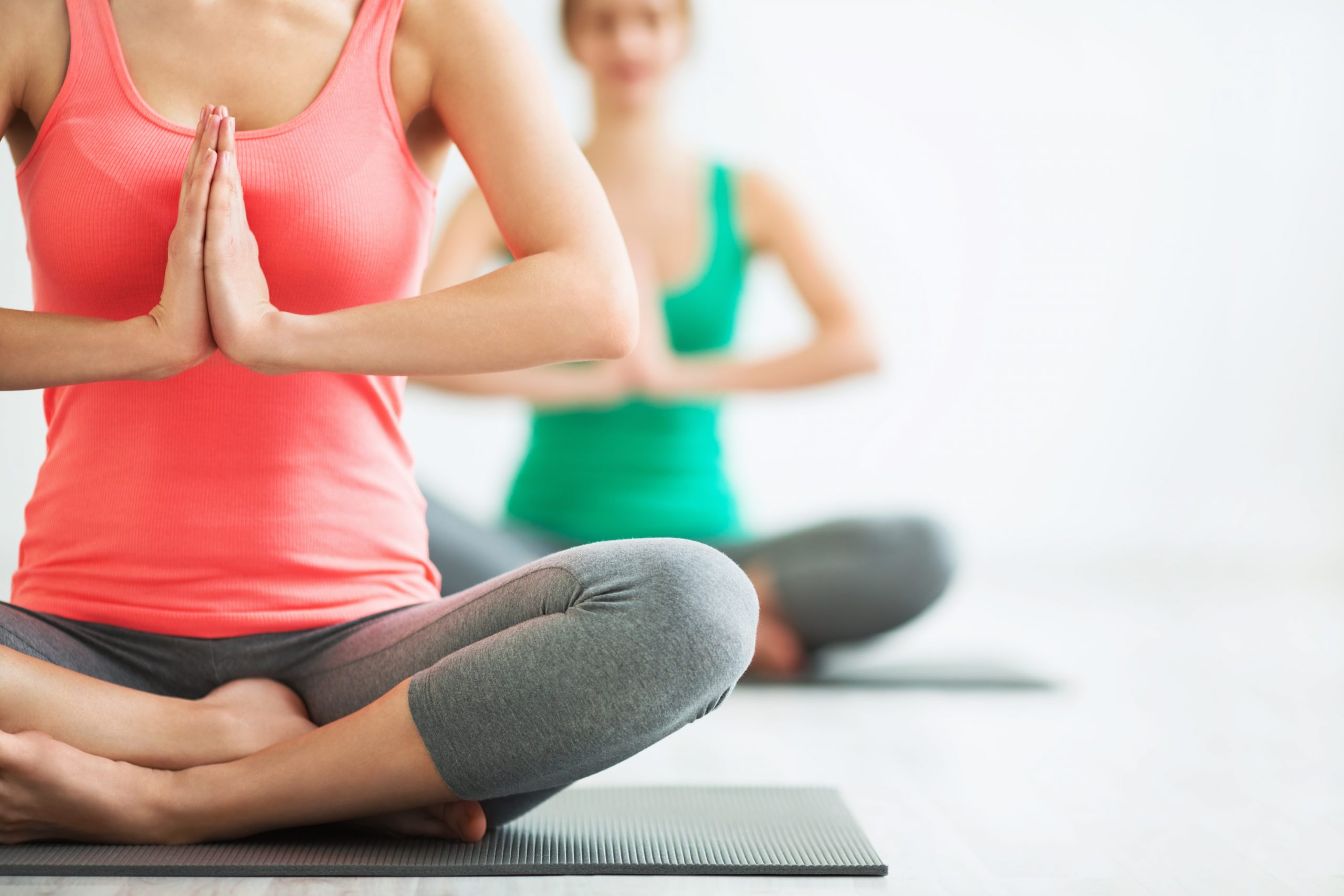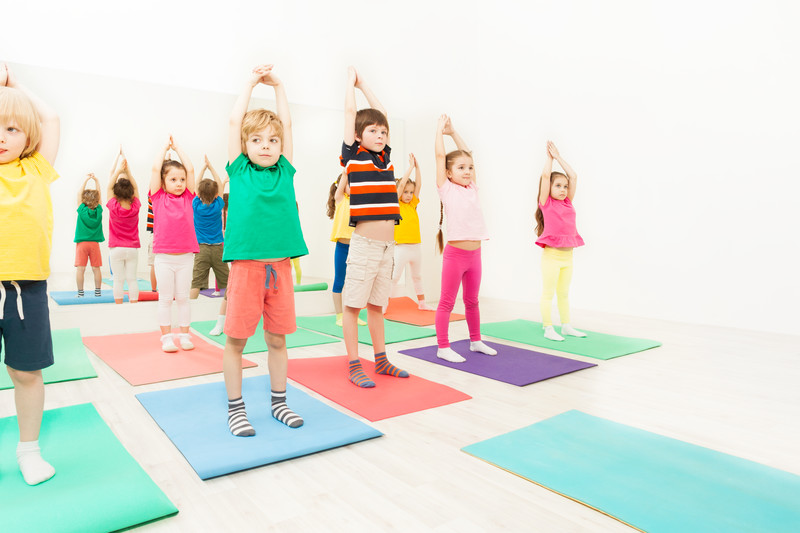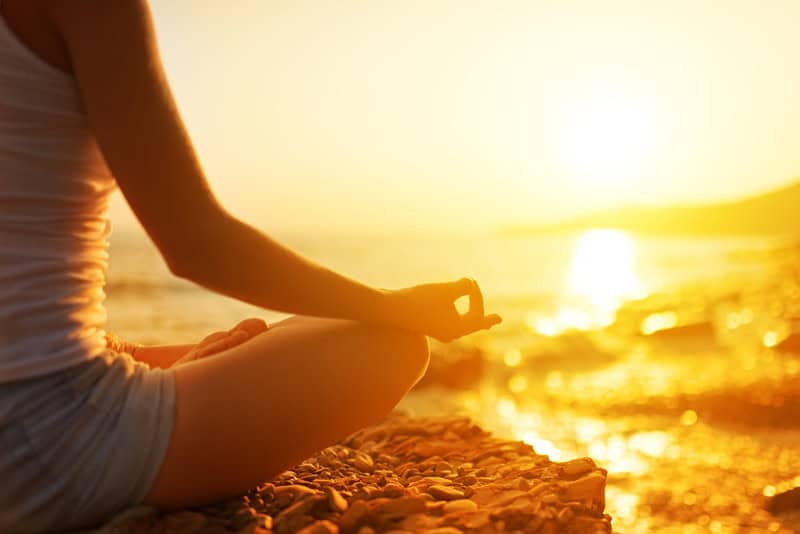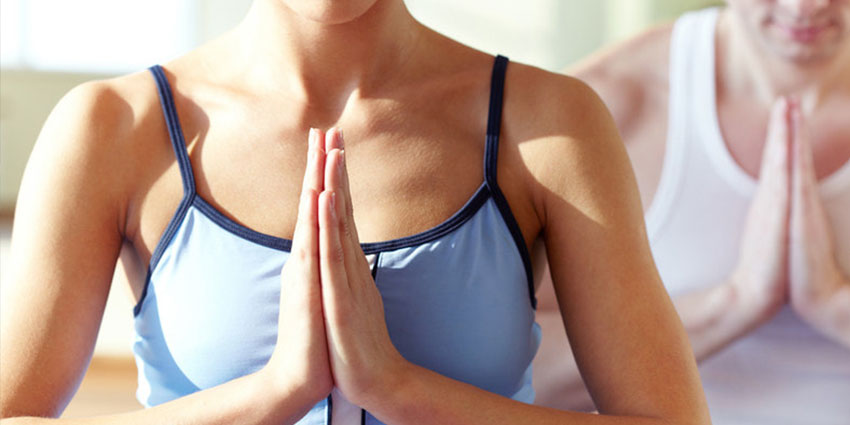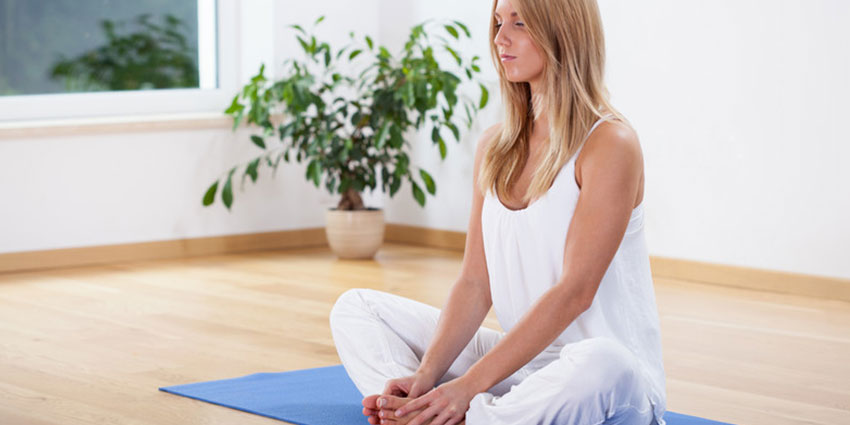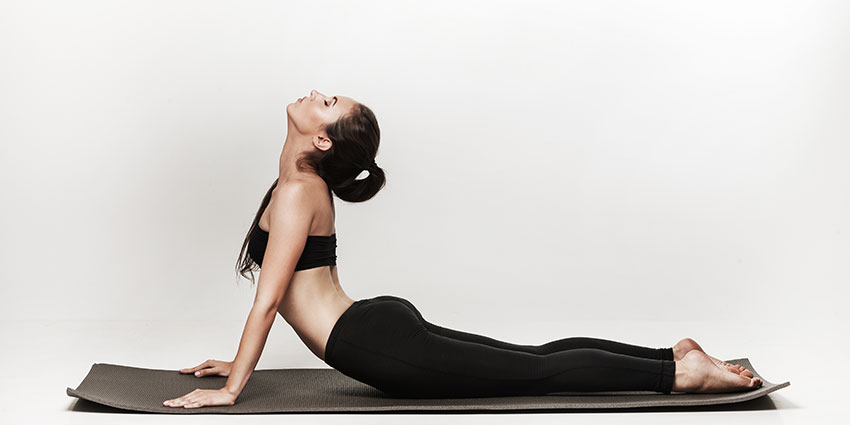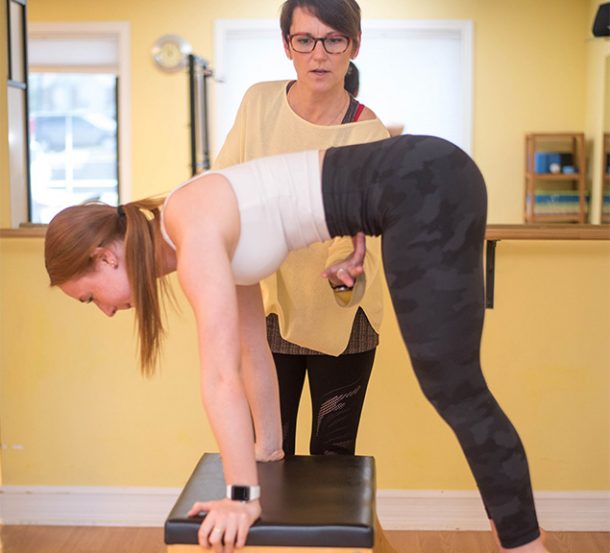Positive Effects of Yoga for People with Cancer
March 4, 2020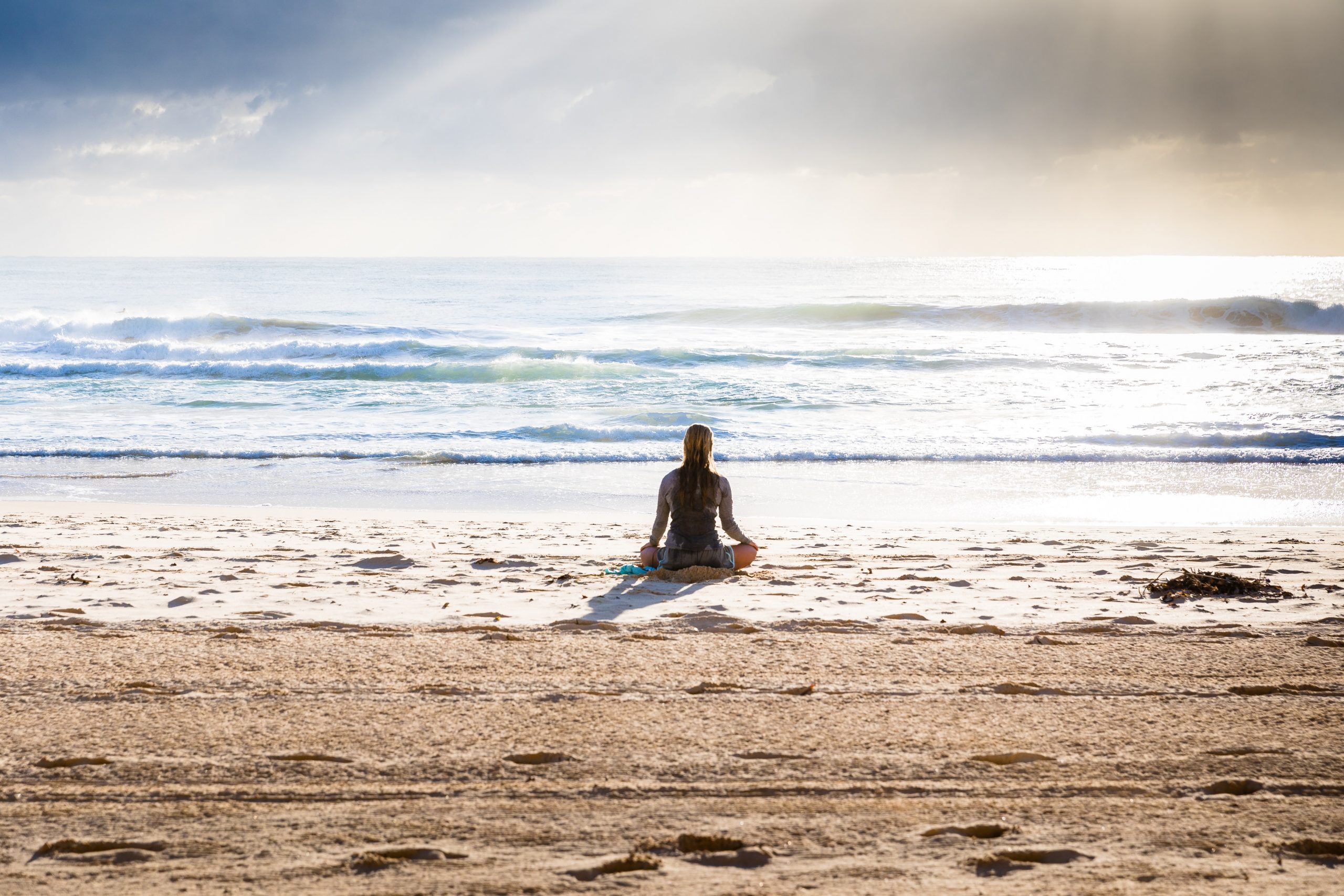
Yoga may not help your body fight cancer but it can help you cope with the emotional, physical, and mental stress of receiving treatment. From the moment you’re diagnosed, you’ll find that yoga has many surprising benefits that can help you, and those around you, make it through this challenging time.
Cancer affects many individuals and families. According to the CBC, almost one in two Canadians will be diagnosed with cancer in their lifetime, and this can have a significant impact on their lives and the lives of their family members. While more than half of people with cancer will recover, it’s often a long, difficult road.
If you’ve been diagnosed with cancer, it’s important for you to have a strong support system, including family, friends, medical professionals, and more. It’s helpful to keep your spirits high and your mental health strong, and yoga is a powerful resource for that. Yoga has a number of benefits that can reduce fatigue and stress, and can help enhance overall quality of life.
The Research on Yoga and Cancer
The American Cancer Society states that yoga can help relieve some of the symptoms linked to cancer and other major illness such as diabetes, heart disease, high blood pressure, asthma, and more.
If you have cancer, what might you get out of a yoga class? Research suggests you may feel the following:
- Lower fatigue: Research indicates you may have more energy the more classes that you attend.
- Reduced stress: You may feel your mood is more stable, less depressed, and less stressed.
- Better movement: Yoga keeps you limber and can help your stiff and sore body recover from hospital stays.
- Fall asleep more quickly: Research indicates that if you have cancer and suffer from insomnia, yoga can help you fall asleep faster.
- Lose weight: If you lose weight while doing yoga, you may have a lower chance of cancer recurrence.
Along with these benefits, you’ll also experience the benefits of other yoga practitioners, such as lower cortisol, higher oxygen levels in the blood, increased flexibility, and much more.
Adjusting Yoga for People with Cancer
Cancer and cancer treatments may have affected your mobility, strength and energy levels to the point you think you can’t participate in yoga. Don’t fret—you can. You may want to start with our gentler yoga classes, such as Hatha Yoga and Restorative Yoga.
Restorative yoga is an excellent option as every posture is supported by blocks, blankets, straps and eye pillows. It does not take a high degree of physical strength to participate in. You’ll still see the emotional and mental benefits of yoga and feel your stress melt away.
That being said, any yoga class can be adjusted for those with cancer. If cancer keeps you from bending over without pain, moving your arm in a certain way, or some other restriction, our skilled and compassionate yoga instructors can adjust the class so you can still participate without pain.
Sign up for our yoga classes today, or reach out to us for more information or questions. We are here to help!
